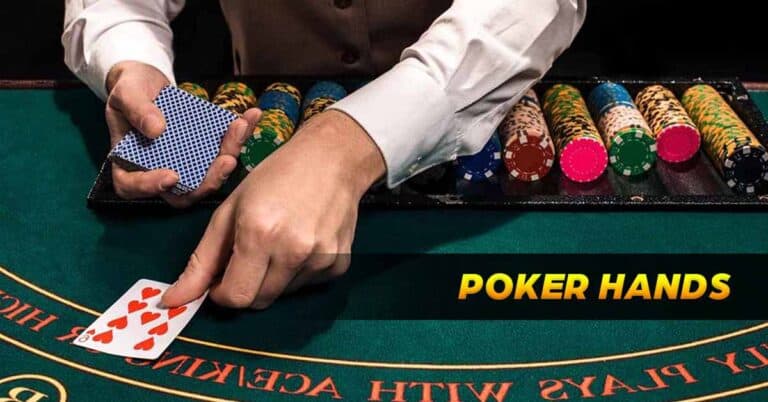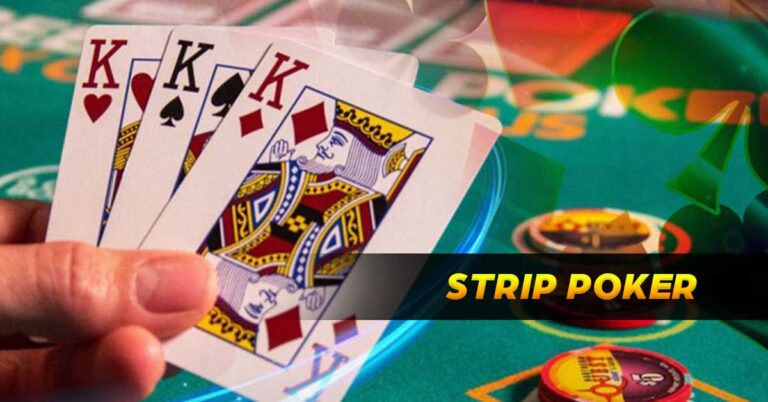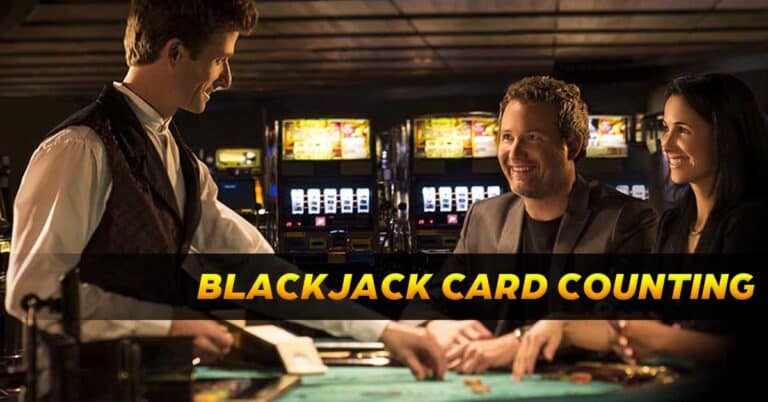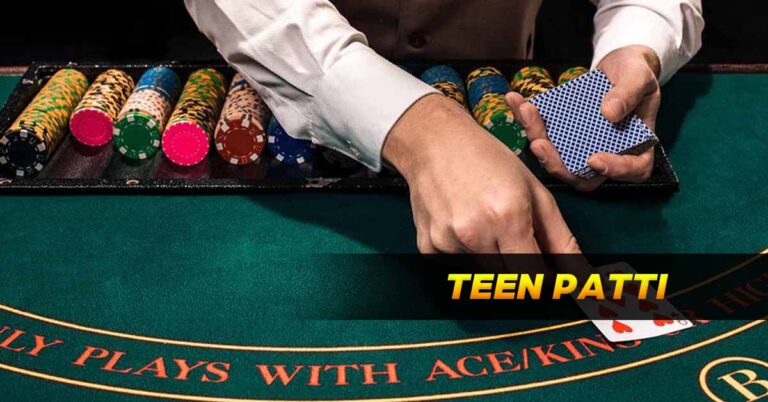Lodigame Blackjack Variations: Exploring Exciting Twists on a Classic Card Game
Blackjack, the iconic card game of skill and chance, has captured the hearts of gamblers and enthusiasts for generations. Its simple yet strategic gameplay, where players strive to beat the dealer’s hand without exceeding a total of 21, has made it a staple in casinos around the world. The allure of trying to outwit the dealer and make calculated decisions in the pursuit of 21 has made blackjack an enduring favorite among players.
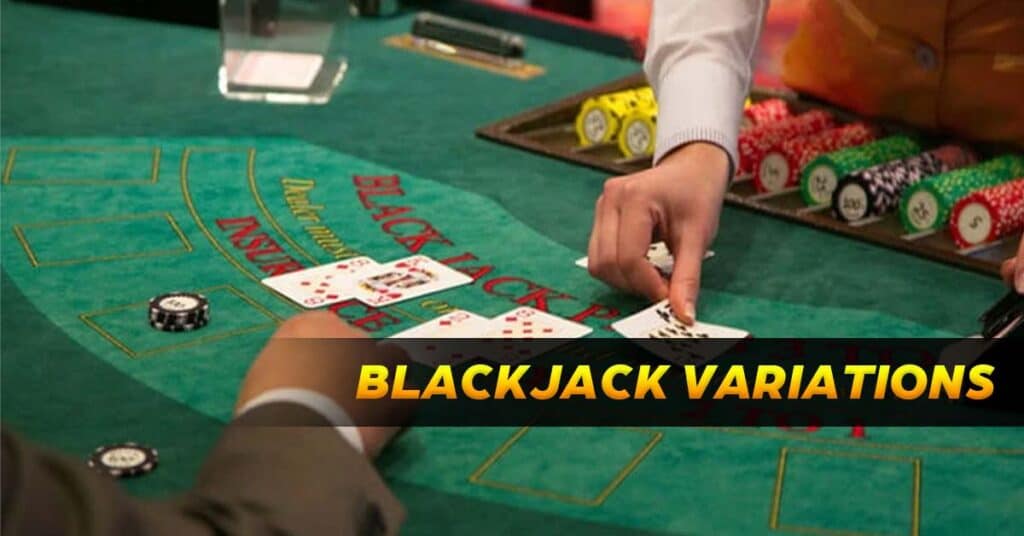
Throughout its history, blackjack has undergone numerous adaptations and variations that have added new dimensions of excitement to the game. These variations have ranged from simple rule tweaks to more complex modifications, each aiming to offer players a fresh perspective on the classic game while maintaining its core essence. The introduction of Lodigame Blackjack Variations is a testament to the game’s ability to evolve and stay relevant in a dynamic gaming landscape.
Lodigame Blackjack Variations: A New Dimension to Classic Play
In Lodigame Blackjack Variations, rule modifications and gameplay enhancements are at the forefront. These alterations aim to diversify the player’s options, inject unpredictability, and create a dynamic gaming environment. While the core objective of each variation remains to beat the dealer’s hand without exceeding 21, the journey to that goal is peppered with intriguing twists that keep players engaged and eager to adapt their strategies.
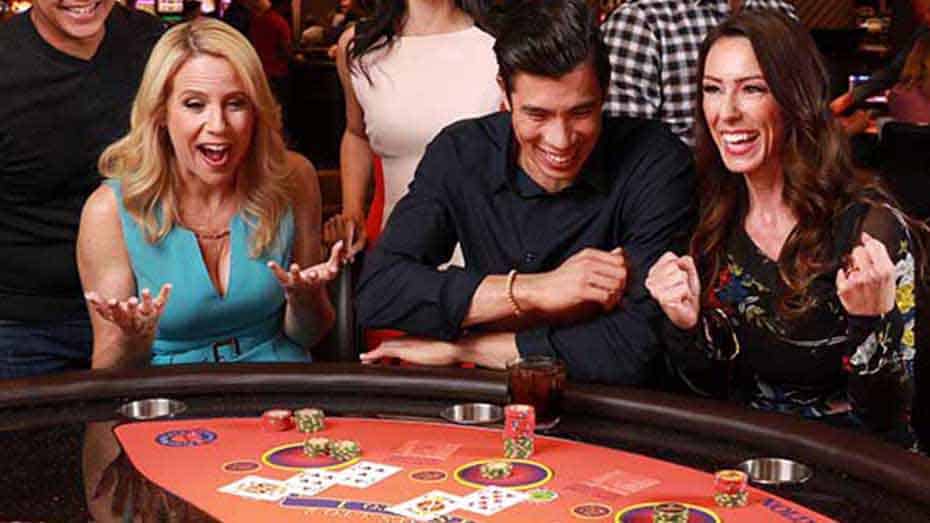
Key elements of rule modifications and gameplay enhancements include:
Blackjack Switch
Blackjack Switch is a unique version of the classic game that lets players trade their second dealt cards between two hands. This adds a strategic twist where you can think about when and how to switch cards to make better combinations.
Blackjack Surrender
Blackjack Surrender is a popular twist on the classic blackjack game, giving players an extra strategy when things aren’t going well. In this version, players can choose to “surrender” their hand and get back half of their original bet instead of playing it out.
- Early Surrender: With early surrender, you can give up your hand before the dealer checks for blackjack. This gives you more control over your bets, but not all online casinos offer it.
- Late Surrender: Late surrender, or just “surrender,” is more common. Once the dealer verifies for blackjack, you can choose to surrender. If the dealer has blackjack, you can’t surrender and you lose your whole bet. But if the dealer doesn’t have blackjack, you can surrender and get half your bet back.
Perfect Pairs
In the game of Perfect Pairs, players start by placing their main blackjack bet just like usual. On top of that, they can choose to make an extra side bet called Perfect Pairs. This side bet is separate from the main game and only depends on the first two cards a player gets. The goal is to get a pair with these two cards, and the payout you get depends on the type of pair you make.
- Perfect Pair: A Perfect Pair happens when the first two cards you get have the same rank and suit. For example, if you get two King of Spades or two 7 of Hearts. This is the highest-ranking pair and usually gives you the biggest payout, often around 25:1 to 30:1.
- Colored Pair: A Colored Pair is when your first two cards have the same rank but different suits and colors. For instance, if you have a 6 of Diamonds and a 6 of Hearts. This kind of pair generally pays a bit less, usually around 12:1 or 15:1.
- Mixed Pair: A Mixed Pair is when your first two cards are the same rank but have different suits. For example, if you have a 9 of Clubs and a 9 of Spades. The payout for a Mixed Pair is usually lower than a Colored Pair, ranging from 6:1 to 8:1.
European Blackjack
European Blackjack is a popular version of the classic blackjack game that’s commonly enjoyed in European casinos. It’s similar to regular blackjack, but it comes with a few unique rules and features that make it stand out from other versions.
- Deck Setup: In European Blackjack, they usually use two decks of regular playing cards. This is different from traditional blackjack, where you often see games with multiple decks. Having fewer decks can change the odds and affect how players should play.
- No Hidden Card: In European Blackjack, the dealer gets only one card facing up, called the upcard, before players decide what to do. Unlike in American blackjack, where the dealer gets a card facing down (the hole card), in European Blackjack, the dealer doesn’t check for blackjack right away. So, players don’t know if the dealer has a natural blackjack until the end, which adds some excitement to the game.
- Dealer’s Soft 17: In European Blackjack, when the dealer has a soft 17 (an Ace that counts as 11 along with another card), they usually stand. This is unlike some versions of regular blackjack, where the dealer might hit on a soft 17. The dealer standing on soft 17 is good for players because it makes it less likely for the dealer to improve their hand and beat the player.
- No Doubling Down After Splitting: In European Blackjack, players usually can’t double down after splitting their hand. This is different from regular blackjack, where players can double down on their original hand or after splitting. Not having this option in European Blackjack affects the strategies players use, especially when they want to maximize their bets in favorable situations.
- Late Surrender: European Blackjack often lets players do a late surrender. This means that players can give up their hand and get back half of their bet after the dealer checks for blackjack. Late surrender can be helpful in situations where players have a weak hand against a strong dealer card.
The Appeal of Lodigame Blackjack Variations
Lodigame Blackjack Variations are designed with a primary goal in mind: to enhance player engagement and provide a more immersive gaming experience. Traditional blackjack, while undeniably captivating, can become somewhat predictable for seasoned players who have mastered its strategies. Lodigame Variations inject a sense of novelty and unpredictability, rekindling the excitement players felt when they first encountered the world of blackjack.
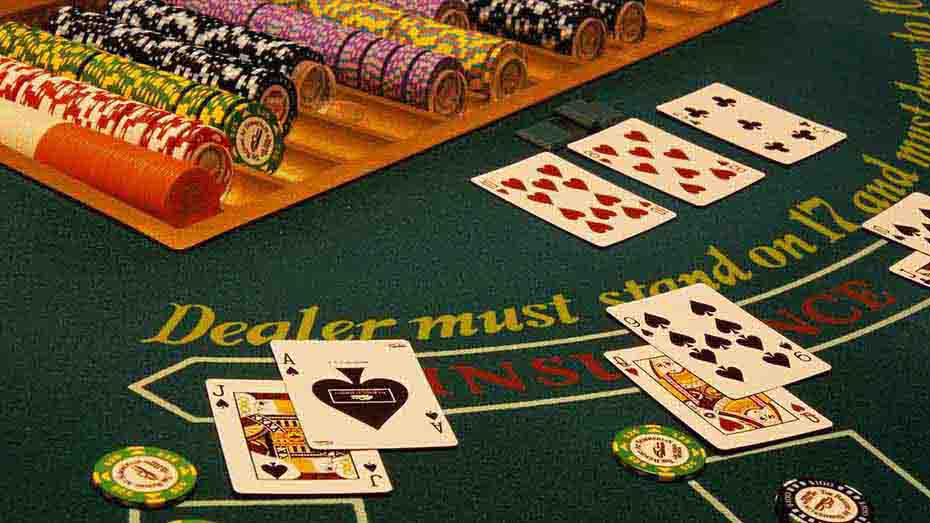
By introducing new rules, actions, and side bets, Lodigame Variations ensure that players are constantly on their toes, making strategic decisions based on a broader array of possibilities. This dynamism not only keeps players engaged during each hand but also extends the longevity of their interest in the game. The variety offered by these variations caters to different playstyles and preferences, making it an attractive option for both casual players looking for a fresh challenge and experienced blackjack enthusiasts seeking a new layer of complexity.
Catering to Diverse Player Preferences
One of the most compelling aspects of Lodigame Blackjack Variations is their ability to cater to diverse player preferences. Different players are drawn to blackjack for various reasons: some are enticed by the strategic depth, while others enjoy the thrill of risk-taking. Lodigame Variations recognize this diversity and provide options that resonate with a wide range of players.
For those who relish calculated decision-making, the inclusion of new card actions and side bets offers strategic complexity that goes beyond traditional blackjack. On the other hand, players who enjoy taking calculated risks will appreciate the opportunity to place side bets on specific outcomes, potentially reaping substantial rewards. This adaptability ensures that Lodigame Variations remain engaging and entertaining for players with varying skill levels, preferences, and goals.
FAQs
Conclusion
In the realm of casino games, few have captured the essence of strategy and chance like blackjack. Yet, as the gaming landscape continues to evolve, the introduction of Lodigame Blackjack Variations showcases the game’s ability to adapt while retaining its core allure. These variations inject a fresh wave of excitement into the timeless classic, inviting players to explore new dimensions of strategy and risk-taking. From the strategic card swapping of Blackjack Switch to the calculated surrender option in Blackjack Surrender, and the tantalizing side bets and altered rules of Perfect Pairs and European Blackjack, these variations cater to a diverse range of player preferences. In doing so, they ensure that blackjack’s legacy persists, captivating both newcomers and veterans with a revitalized and dynamic gaming experience.











